Hello, everyone! I'm Igor Kranjčec, the Head of Marketing at Determ, and today I'm excited to talk about the importance of bringing personas to life to gain internal buy-in from key stakeholders.
As one of the foundational pillars of product marketing, personas hold a special place in my heart. They're essential for any company looking to understand its customers better and drive growth, especially in the B2B SaaS sector.
The problem with personas
Here’s a mind-blowing statistic for you: 90% of product marketers say they can’t make other departments use the personas they’ve worked so hard to build.
Full disclosure: that 90% is based on the PMMs I’ve met – it's not an official statistic, but it's telling nonetheless. As for the other 10%, I’m pretty sure they’re lying!
This challenge was a hot topic at the Product Marketing Summit last year in Amsterdam. Between sessions, the conversation often circled back to the critical question: How do we get stakeholders to own and use these personas, especially when they're designed to make their jobs easier?
Here are some sentiments I've heard from other PMMs:
“I poured so much effort into these personas, and it’s the sales team’s fault they don’t use them.”
“I worked tirelessly on these personas, and sales doesn't even know they exist.”
Cry me a river.
That may sound harsh, but my point is that as PMMs, given the cross-functional nature of our role, we must ensure our work has the desired impact on other departments. It's not just about crafting the personas; it's about making them stick. We need to be proactive, ensuring every department recognizes the value of the tools we create.
Why personas fail
So, what does the creation of buyer personas usually look like? I liken it to a play with four acts:
- Act one: We conduct a bunch of interviews, collect data, and feel both elated and overwhelmed by the amount of data we've gathered.
- Act two: We use this data to craft our personas.
- Act three: We release these personas into the wild, filled with hope.
- Act four: We watch our personas fail as nobody uses them.
It's perplexing. We've invested time, resources, and a whole lot of pride into these personas. So why, after their initial introduction, do they end up gathering dust?
In many cases, the rollout of these personas might be the reason for their failure. We often send out an email that goes something like, "Hey product, sales, and customer success teams – we've got new personas. Check them out on our shared drive. You can use them for X, Y, and Z. We're really proud of them!"
In the best-case scenario, there might be a brief presentation to the sales team where we introduce these personas and then send them off with a, “Now, go ahead and sell to them!”
But is that really the best we can do?
In my last three companies, I fell into a common trap. We'd send out an email announcing our newly created personas, pat ourselves on the back, and consider it a job well done. Our superiors would be pleased, management would be impressed, and everyone would think, "Look at all this material – surely nothing can go wrong now!"
However, when it came time to survey the sales team on their confidence in using the assets we’d provided, personas wouldn’t even get a mention. This wasn't unique to personas; it was the case in many projects where the rollout was simply a “Here you go, we’ve done it; now use it.”
How do you know when your personas are done?
When I joined Determ, I consulted with my PMMs about how we should define a completed persona project. At first, the definition was, “The persona project is done when the persona profiles are finished.”
But is that really the full picture? I reached out to my network, both on LinkedIn and in the PMA Slack channel, and got a range of responses.
Some considered the project done once the profiles were finished. Others considered it done once the profiles were finished and everyone had been informed – this is similar to the scenario I mentioned earlier, where ideally there's a presentation to the sales team rather than just an email or Slack notification.
However, there's a third, more comprehensive definition of “done,” one that I apply to many large-scale projects: In my view, a persona project is only truly complete when the profiles are not just finished but also implemented.
By “implemented,” I mean you've demonstrated the value of these personas to your company. It's not enough to just tell them about the personas; you need to instruct them on how to use them, explain why they matter, and show how these personas can aid their roles.
The keys to successful persona implementation
Drawing from my experience at Determ, I've identified two fundamental principles for successful persona implementation:
- Show value every step of the way.
- Repeat, repeat, repeat!
Just as with product adoption, you can't introduce something once and expect it to stick. Repetition, combined with clear value demonstration, is key.
One effective strategy? Make personas a pivotal part of the new employee onboarding process. At Determ, every new recruit, whether they're in finance, product, sales, or marketing, undergoes a persona presentation. It’s essential for everyone to understand who we’re selling to, building for, and servicing.
A mistake I've made in the past is giving persona presentations to each team separately – one presentation for engineering, another for product, a separate one for sales, and so forth.
If our goal is cross-functional collaboration, our approach should mirror that. Instead of separating these teams, we should let them play with and learn from the personas together.
Lastly, and crucially, it's vital to keep the personas current. Outdated content quickly becomes irrelevant. If your persona documentation isn't refreshed regularly, even the most enthusiastic adopters will drift away once they start noticing outdated or inaccurate information. After all, relevance is the key to utility.
How to bring personas to life with workshops
Now I’m going to delve into how you can effectively present personas to help other teams make them an integral part of their everyday jobs.
You might think that this involves a standard PowerPoint presentation, going slide by slide, explaining each persona. However, in my experience, that's not the most effective route. Instead, we’ve seen huge success by showcasing our personas’ value through interactive workshops.
These aren't your average workshops. Originally, I planned three-hour sessions, but it turned out we needed a good four hours to do justice to the topic. Depending on the size of your company, it's best to limit each workshop to no more than 30 participants. If you've got a larger crowd, don't sweat it. Simply hold multiple sessions.
The goal of these workshops is to help everyone to understand why personas are so important. It's essential for everyone to grasp why investing two months into a project and conducting so many interviews with industry folks is crucial. Personas, after all, are foundational to any business, whether you’re in sales or product development.
A small heads-up: Don't be disheartened if most attendees don’t initially want to participate in your workshops. Many will view this as just more marketing mumbo-jumbo, and your challenge is to change that perception.
The workshop should be crisp, direct, and underscore value at every turn. Ensure participants know that they don't need to come prepared, but attendance is non-negotiable.
While I've tried hosting these workshops online, in-person sessions are undeniably more impactful. For remote teams, you’ll need to make some major tweaks to maintain engagement levels.
The workshop agenda
So, what’s on the workshop agenda? Keep it simple:
- The energizer: This helps shift participants’ focus from their daily tasks to the task at hand.
- The task: I’ll dive into this in a second
- The presentation: This is where teams present how they executed the task
- The summary: Wrap up with a collective discussion, reviewing and drawing conclusions from the workshop's activities.
Although this format might sound overly simplistic, trust me, it’s surprisingly effective.
Now, let’s take a closer look at what’s involved in each stage of the workshop
The energizer
Your energizer activity should take no more than 30 minutes. There’s a wealth of engaging games and activities available online, so find one that aligns with your company's culture. The aim is to put people in a good mood and set them up for the teamwork that’s about to follow
We used the “Build a Bridge” game. Here’s how it works: Participants get a variety of materials with which to build a bridge that a small car can pass beneath. The twist? Teams must pre-plan their approach and construct their bridge in total silence, relying solely on non-verbal cues.
This game isn't just entertaining; it also reveals team dynamics at play. Observing the participants, it's easy to spot the achievers and those with a competitive spirit. Most importantly, it helps harmonize the energy levels in the room.
The task
Once the energy levels are up, it’s time to dive into the main task. Here’s how you do it:
- Team formation: Participants are divided into teams of four; each team member should be from a different department.
- Persona introduction: Each team receives a unique persona printout. (We used the PMA template to create ours.) Our PMM then introduces the persona deck, ensuring everyone understands their assigned character.
- Sales pitch creation: Armed with their personas, teams get an hour and a half to craft a five-slide sales pitch. It should incorporate a new feature announcement and an outbound outreach email. They can work on this anywhere they choose, even the bar down the street. All they have to do is designate a team leader, get the job done, and return for the presentation.
The presentation
It takes roughly an hour (though sometimes longer) for all the teams to share their new feature announcements, sales pitches, and emails.
Here's where it gets interesting: a member of another team assumes the role of the targeted persona, acting out a sales call with the presenting team. This dynamic interaction brings the personas to life.
Seeing repeated presentations allows for comparisons between the diverse approaches teams take. An unexpected bonus? Our salespeople often jot down fresh ideas to later incorporate into their pitches.
The summary
The session concludes with a crucial debriefing. The facilitator prompts teams to reflect on their learnings, surprises, and the workshop's overall value. Both positive feedback and concerns are welcomed. This can last about 30 minutes, although participants might be starting to feel the workshop's length by this point.
Let's be clear about one thing: our approach isn't revolutionary or groundbreaking. We're not trying to reinvent the wheel, but our workshops have been transformative in driving the adoption of personas.
People really got into our workshop model – so much so that we expanded its use to other pivotal projects, like new pricing rollouts. Why? Because this hands-on approach consistently fosters better adoption. It's not just about introducing new concepts and then moving on. It's about demonstrating value at every stage.
Repeat, repeat, repeat!
After a workshop, your work isn't done. It's essential to routinely revisit personas.
For every new product or feature, ask, “Who is this for?” and “How does it address the persona's needs?” Our PMM actively participates in product planning sessions, ensuring these questions get addressed every single time.
On the sales side, we hold quarterly enablement sessions rooted in these personas. We might replay the game I described earlier, craft new use cases, or do a bit of role-playing. If our persona deck gets an update, we might even do an ad hoc enablement session.
Our mantra? Keep it current. An outdated persona is as good as irrelevant.
The story of personas, rewritten
Remember that four-act play about personas? It’s time to rewrite it.
- Act one: We conduct a bunch of interviews, collect data, and feel both elated and overwhelmed by the amount of data we've gathered.
- Act two: We use this data to craft our personas.
- Act three: We release these personas into the wild, train people to use them, demonstrate their value, and show people why they should care.
- Act four: We watch our personas flourish as everybody uses them.
Granted, it's an idealistic view. Not everyone will jump on board, and yes, there will be moments of disappointment, but these workshops have really helped us to get everyone on the same page and adopting our personas.





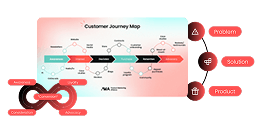





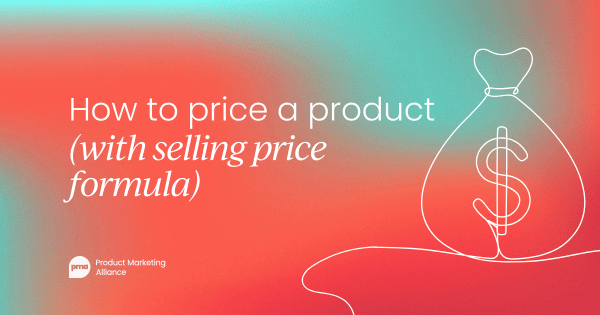

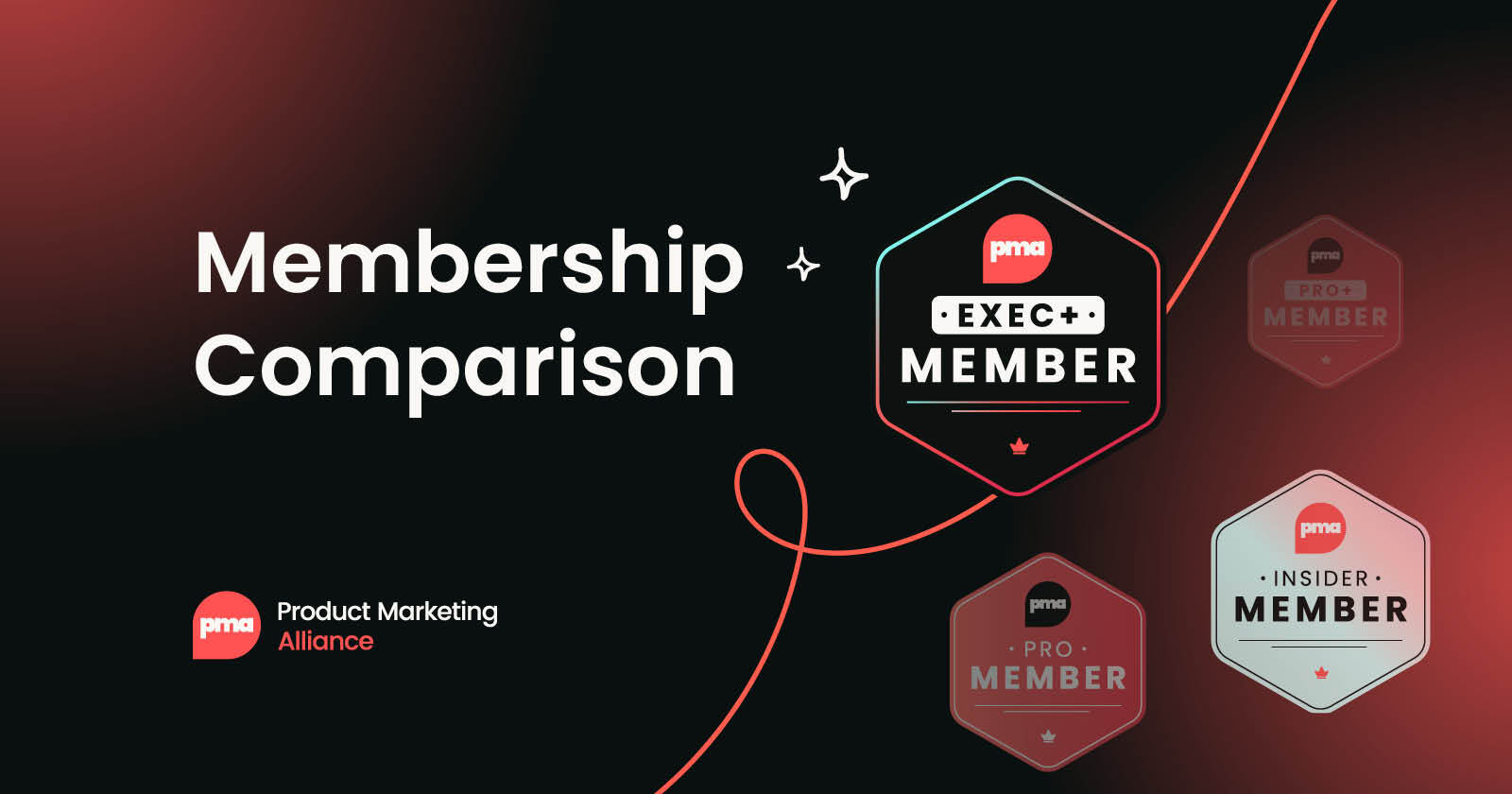
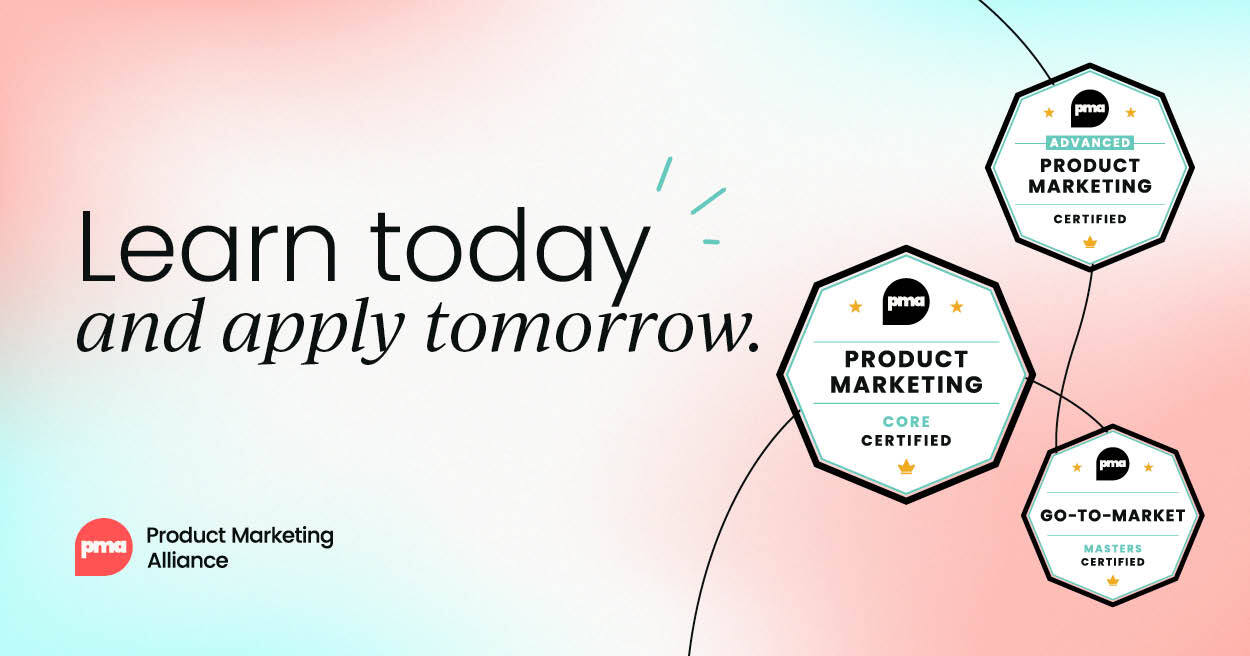
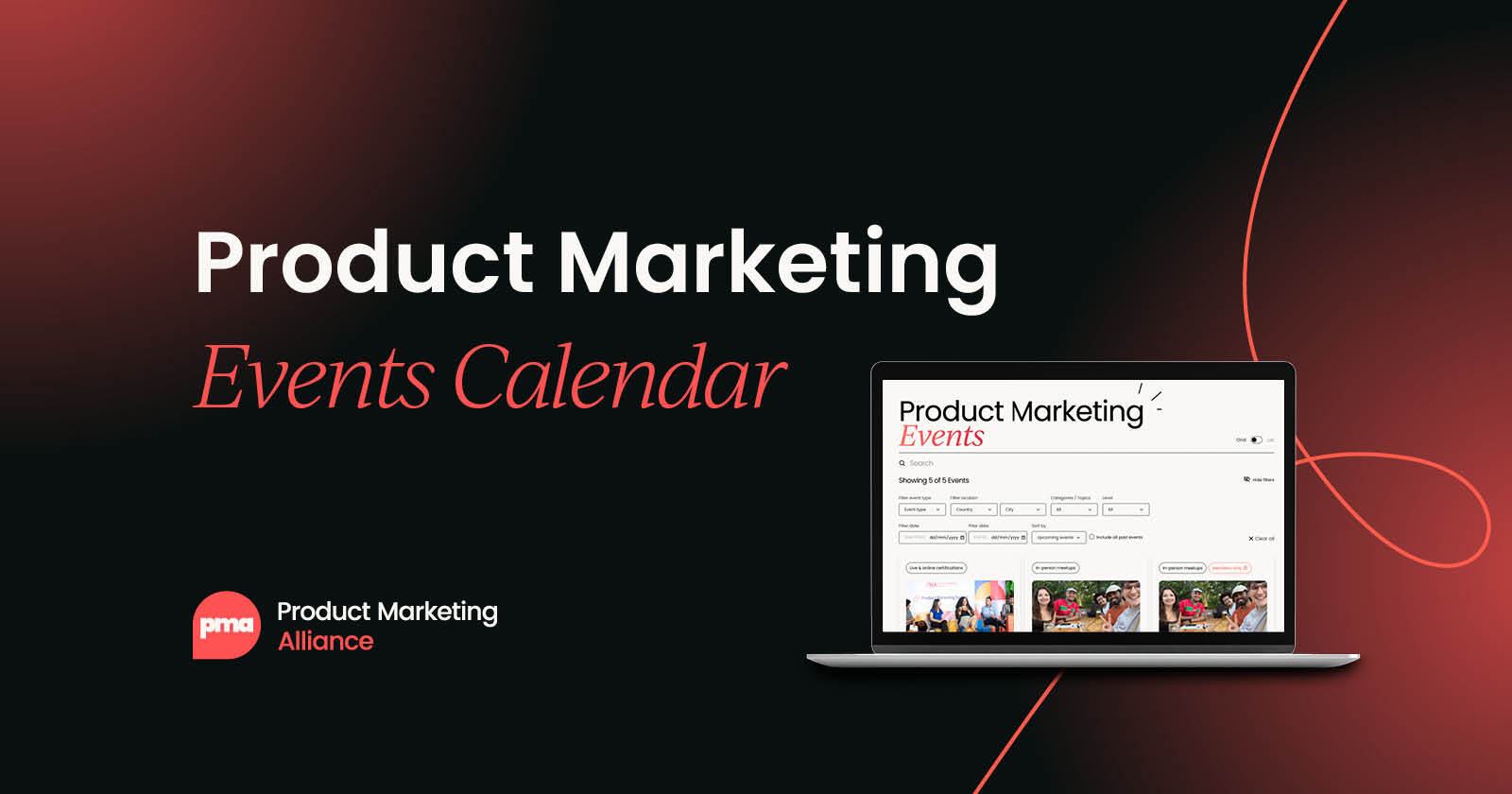


 Follow us on LinkedIn
Follow us on LinkedIn



.svg?v=7919bee89c)